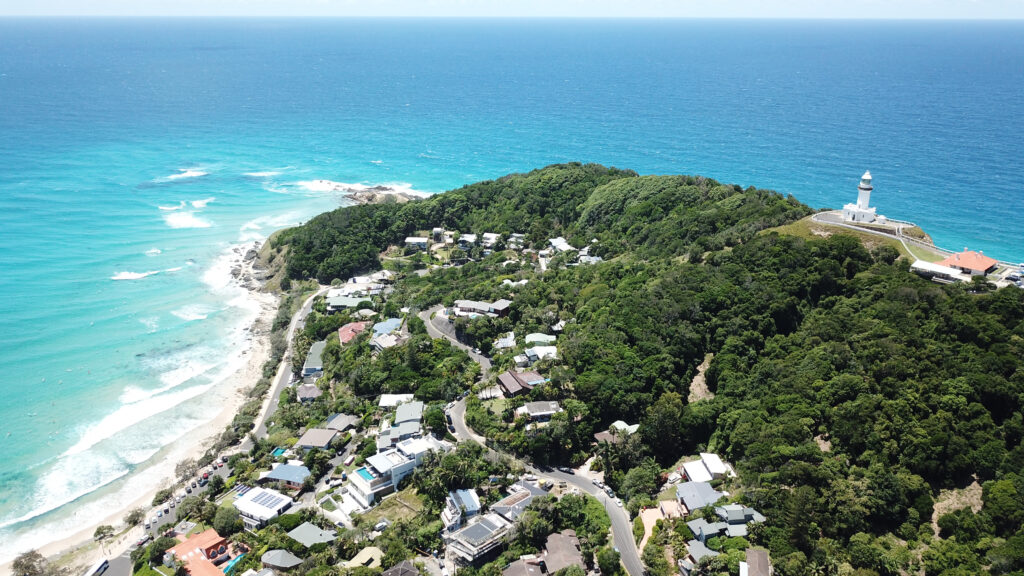As of 1 July 2021, several changes to Australia’s visa and immigration policies have been implemented. How do these changes impact international students?
During 2021-2022, there will be 160,000 places available in Australia’s permanent Migration Program. These places are divided among four streams:
- Skill (79,600 places) – this stream is designed to fill skill shortages in the labour market, including those in regional Australia.
- Family (77,300 places) – predominantly made up of Partner visas, this stream will help Australians to bring over family members from overseas and provide them with pathways to citizenship.
- Special Eligibility (100 places) – this stream covers visas for people in special circumstances, including permanent residents returning to Australia after a period overseas.
- Child (3,000 places) – this stream is managed outside the Migration Program as it is demand-driven and not subject to a limit.
In addition to these, there are some changes to visa requirements you should pay particular attention to.
Focus on onshore applicants
As Australia’s international borders will remain closed for the foreseeable future, priority is being given to on-shore visa applicants.
The government is also looking for ways to reduce pressure on densely-populated cities such as Sydney and Melbourne, which have experienced some of the most frequent and hardest lockdowns in Australia.
To assist, international students who are willing to live, study and/or work in regional and low-populated areas are expected to be given priority when it comes to skilled visas, such as the Skilled Work Regional (Provisional) visa (subclass 491). In this case, ‘regional areas’ does not only refer to tiny towns in the outback; cities such as Adelaide, Perth, and Canberra are considered designated regional areas as well, and there are a number of other benefits you can gain from living and studying there.
New English language requirement for partner visas
If you are a permanent resident with a partner who is currently on a provisional visa and looking to apply for a permanent one, you both now have to have a functional level of English, to demonstrate that you have made reasonable efforts to learn English. The government says this requirement will improve employability and integration into the Australian community.
To make things a little easier, access limits have been removed to free English language classes through the Adult Migration English Program, so you can access as many hours as you need to improve your English fluency.
Study tools such as language immersion and apps can also help improve your English skills.
Increased working hours for international students
In an effort to ease labour shortages, the Australian government has temporarily removed limits on how many hours international students employed in the hospitality and tourism industries can work.
For more information on changes to international student working rights in Australia, click here.
Increased fees
The Australian citizenship application fee just became more expensive. As of 1 July, the standard citizenship by conferral application fee has been raised from $285 to $490.This move follows last year’s update of the Australian citizenship test, which now includes 20 additional questions on equality, democracy, and mutual respect.
Fees for appealing the Administrative Appeals Tribunal’s migration decisions have also increased by nearly 70 per cent; from $1764 to $3000. If you can prove this fee will cause you severe financial hardship, you can get it reduced by 50 per cent to $1500.
Changes to Priority Migration Skilled Occupation List (PMSOL)
The PMSOL lists the priority occupations needed to fill Australia’s skill gaps and create jobs. People applying for employer-sponsored visas with an occupation on the PMSOL will have their applications fast-tracked.
22 occupations have been added to the PMSOL, bringing the total to 41. These occupations range from accountant to chef.
To view the full PMSOL, click here.
Skilled migrants are in-demand
Of these four Australian permanent Migration Program streams, the skill stream might be one of the most relevant streams to international students, particularly in relation to the Skilled Nominated (subclass 190) visa and the Skilled Work Regional (subclass 491) visa. These visas are state nominated, which means they allow Australian state governments to nominate highly skilled migrants to meet states’ skills needs. Each state has different eligibility criteria, as well as varying limits on how many of these visas they can allocate.
However, most of the skill stream places have been designated for the Business Innovation and Investment Program (subclass 188), the Global Talent visa, and the Employer Sponsored visa to help Australia’s economy rebound post-COVID-19.
Circumstances are always changing thanks to COVID-19, so for more information on your visa and travel options, check out the Department of Home Affairs website.
If in doubt, seek the advice of an expert Registered Migration Agent or legal practitioner.
To find an agent, see Office of the Migration Agents Registration Authority (MARA), or search for a migration lawyer here.





